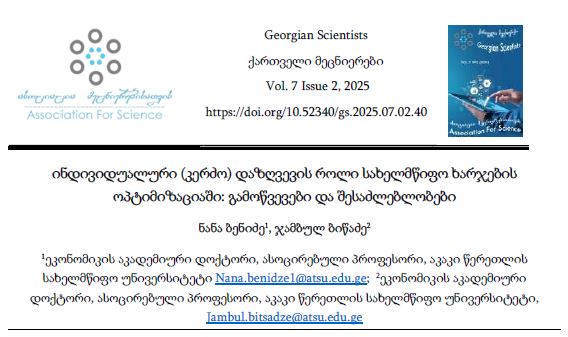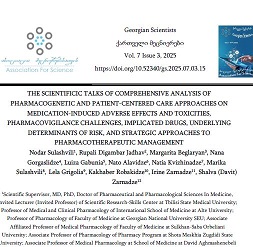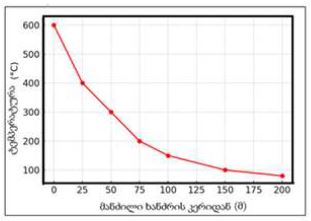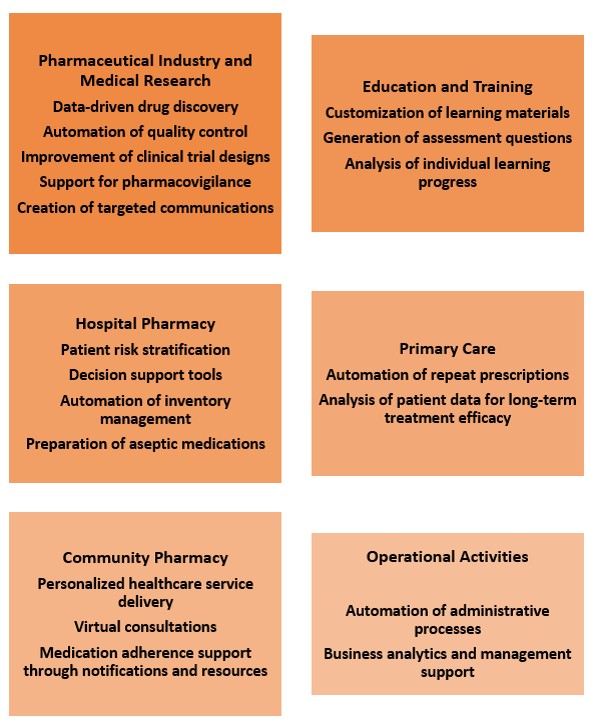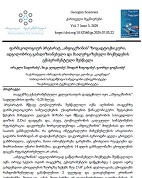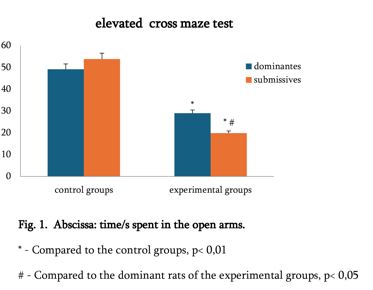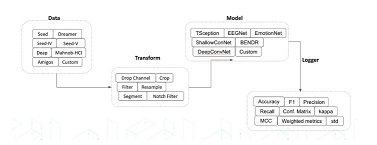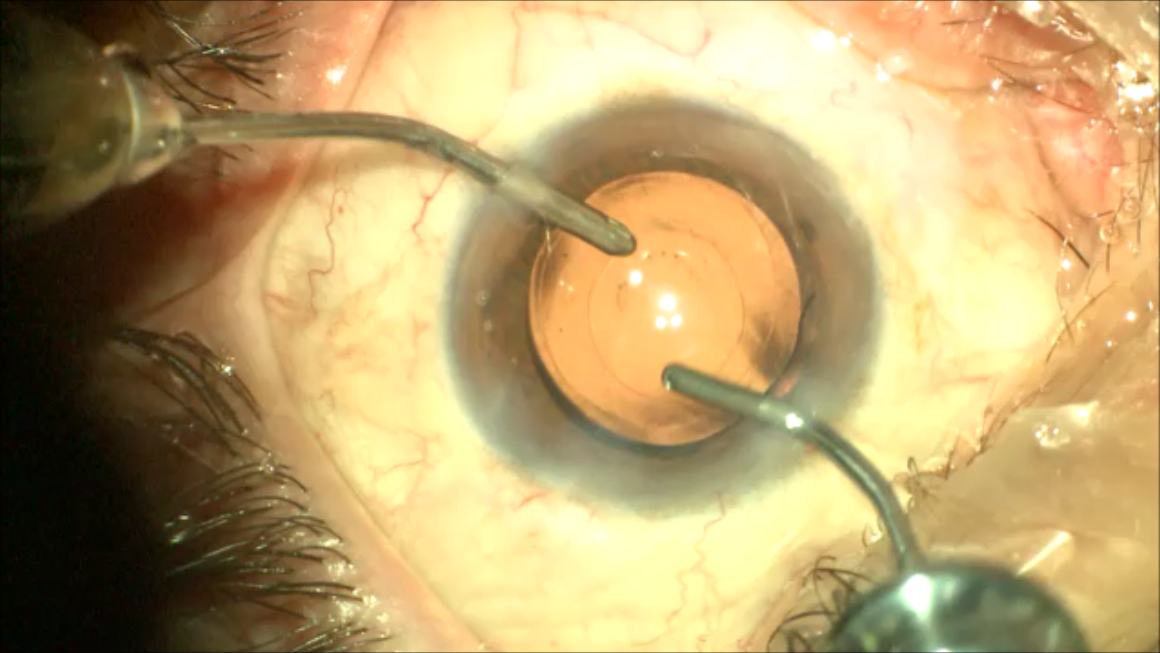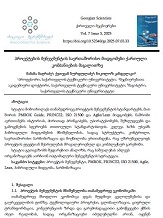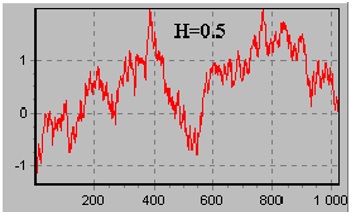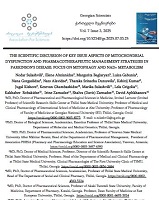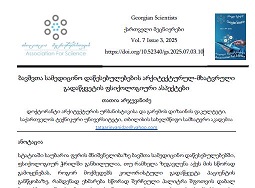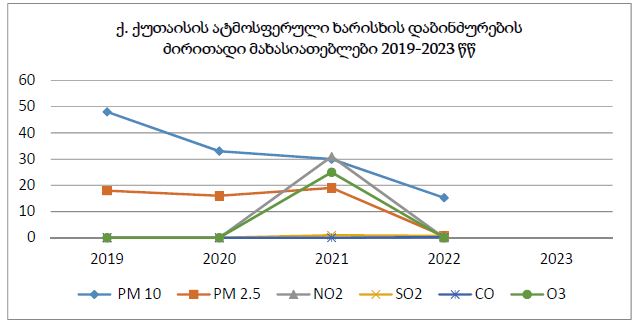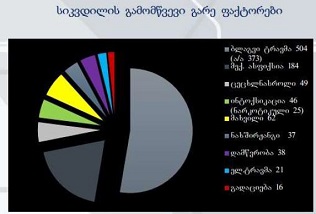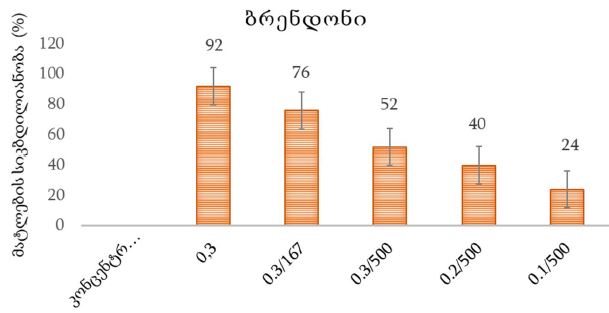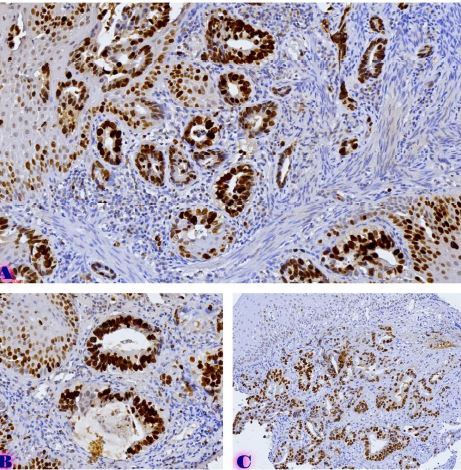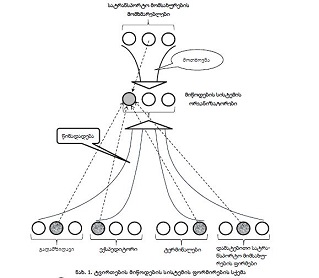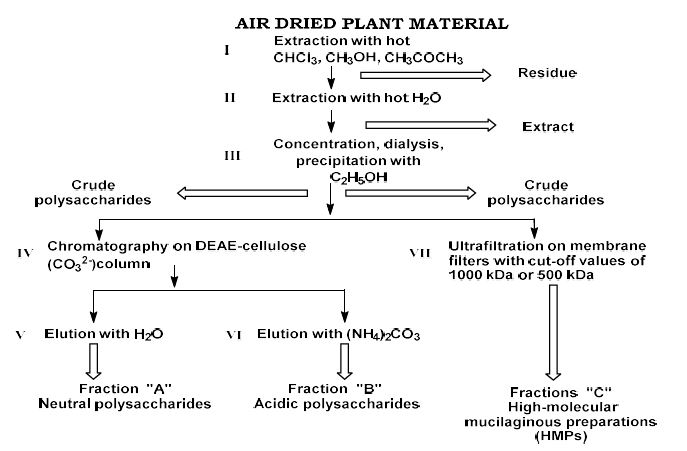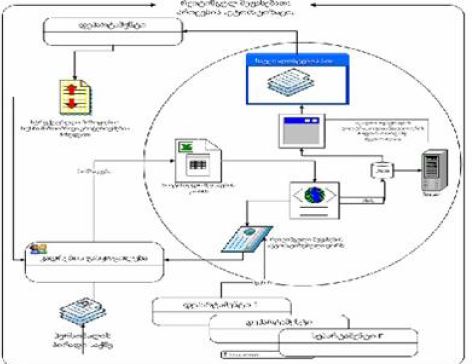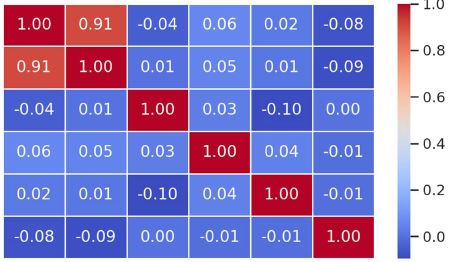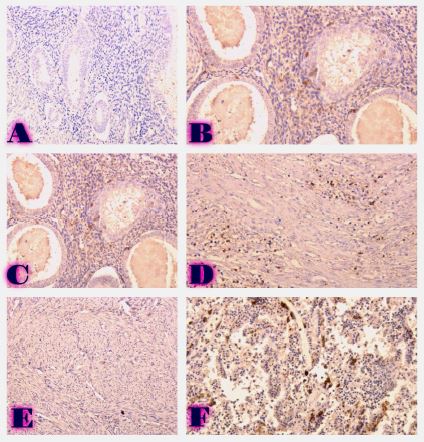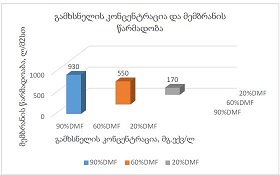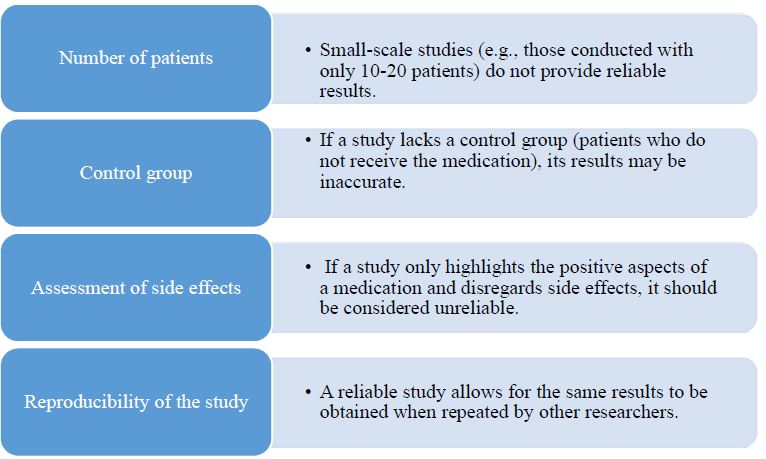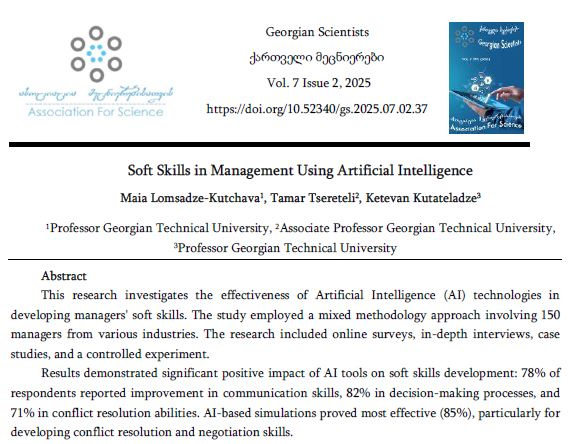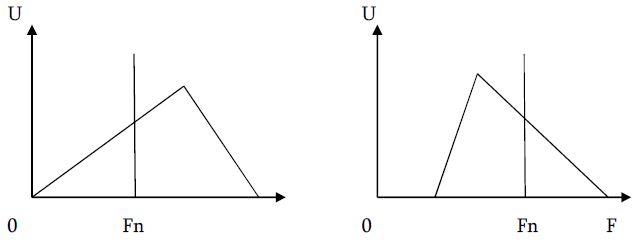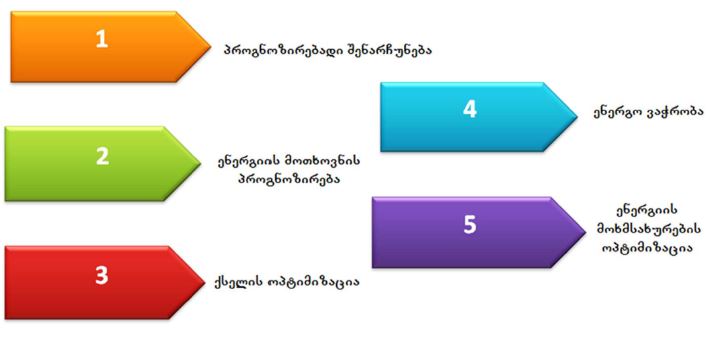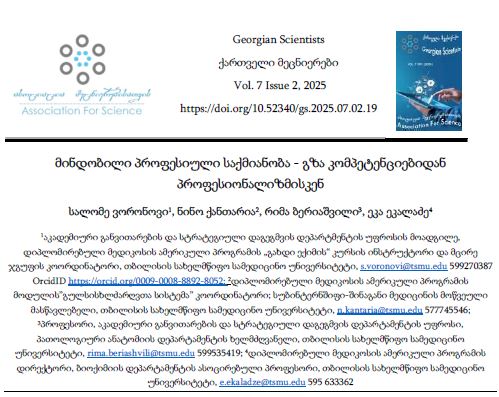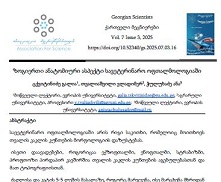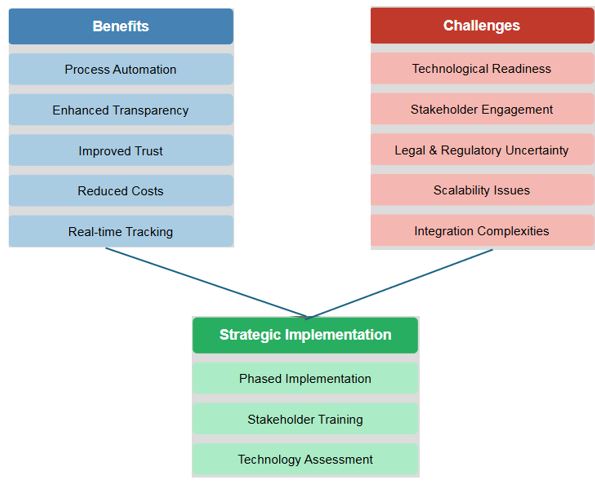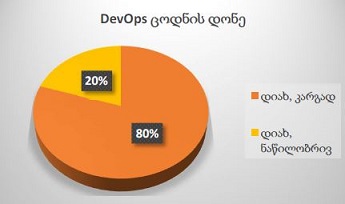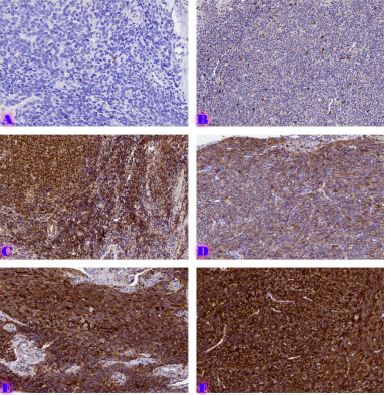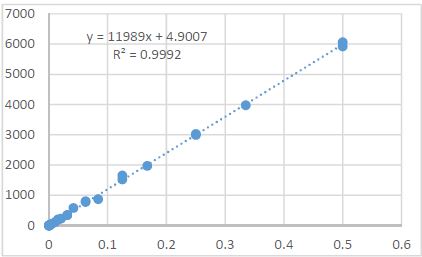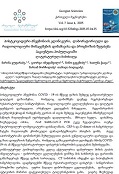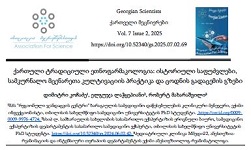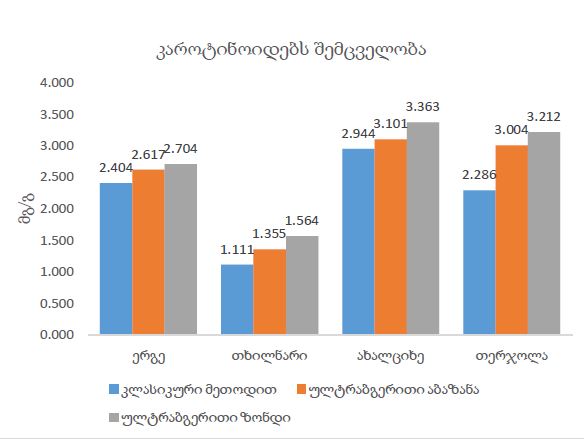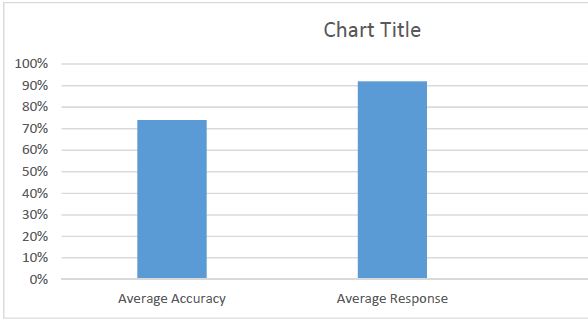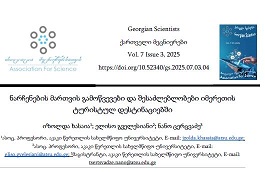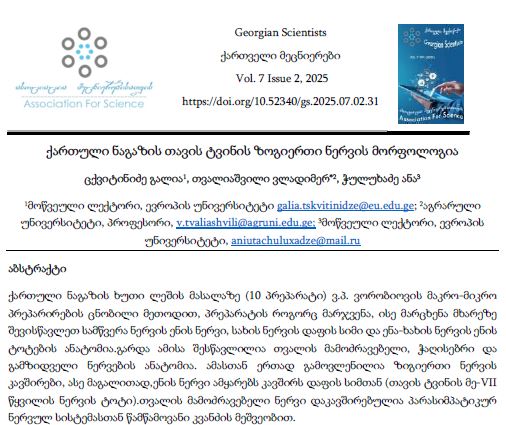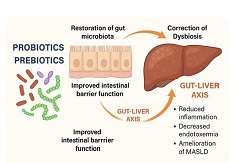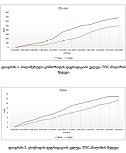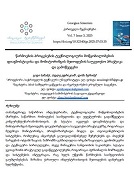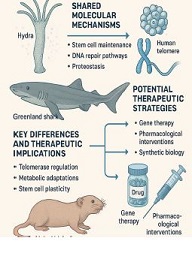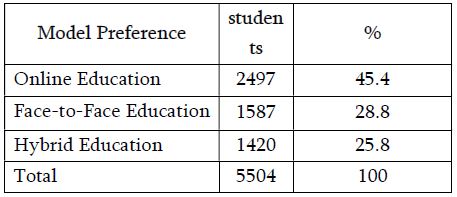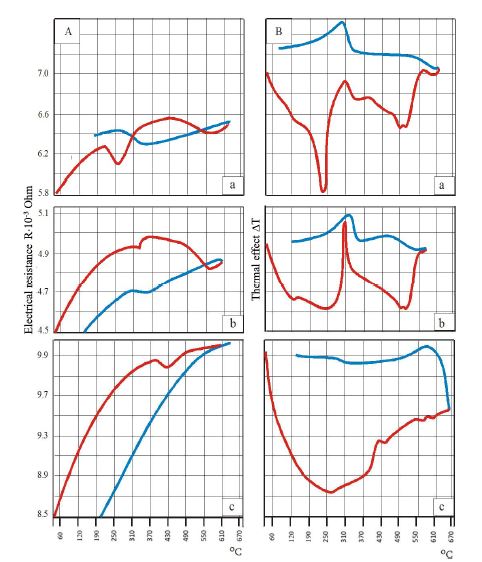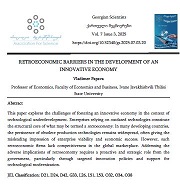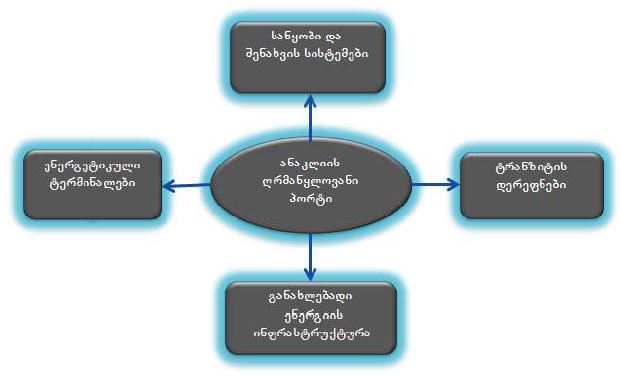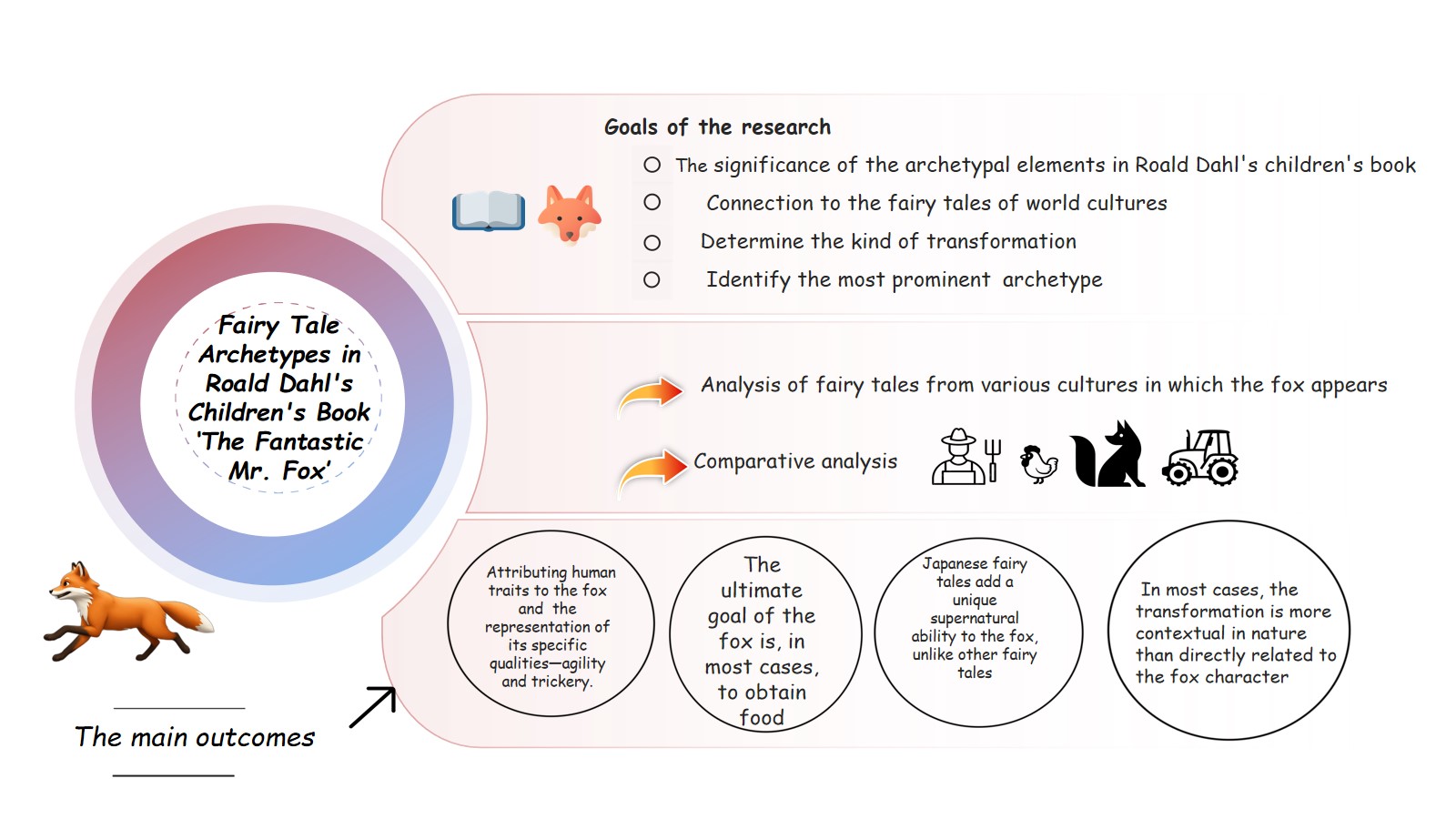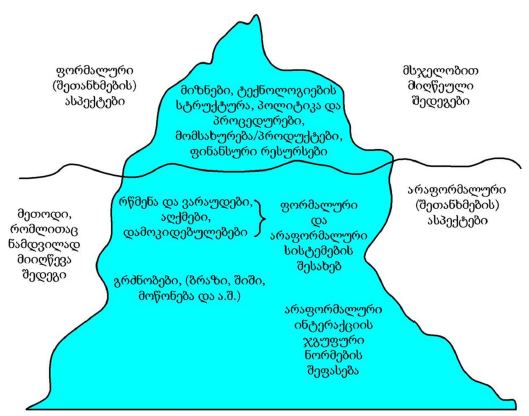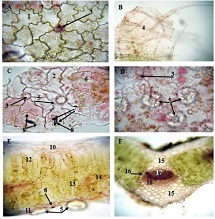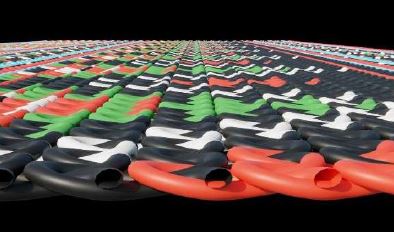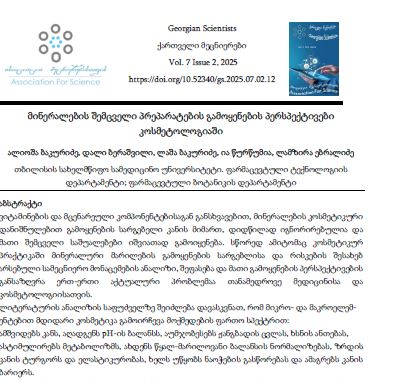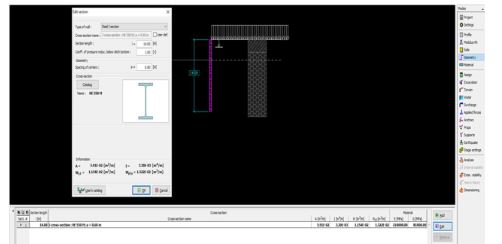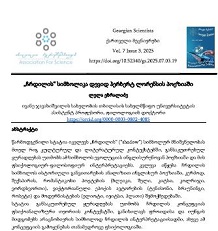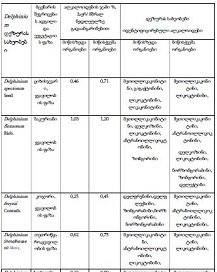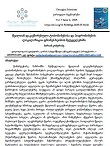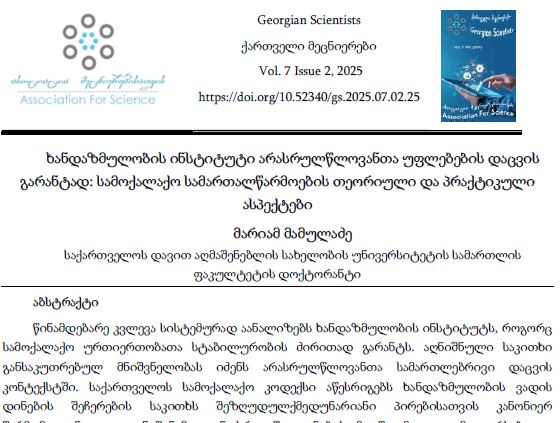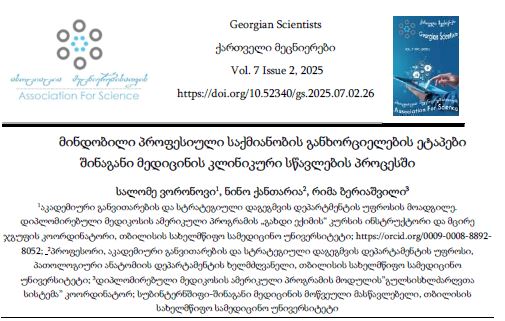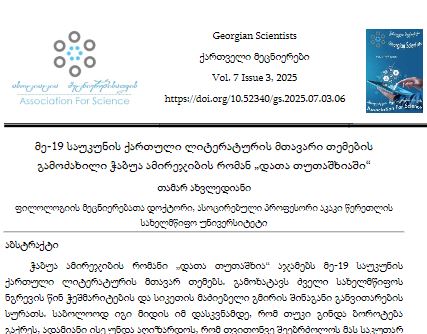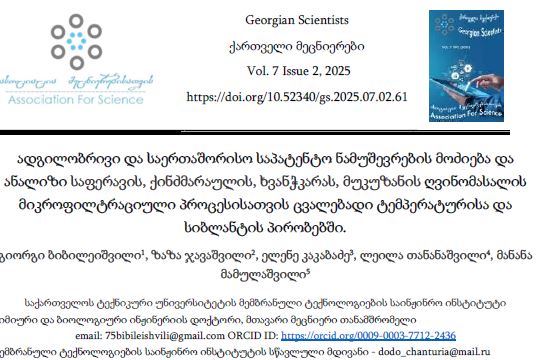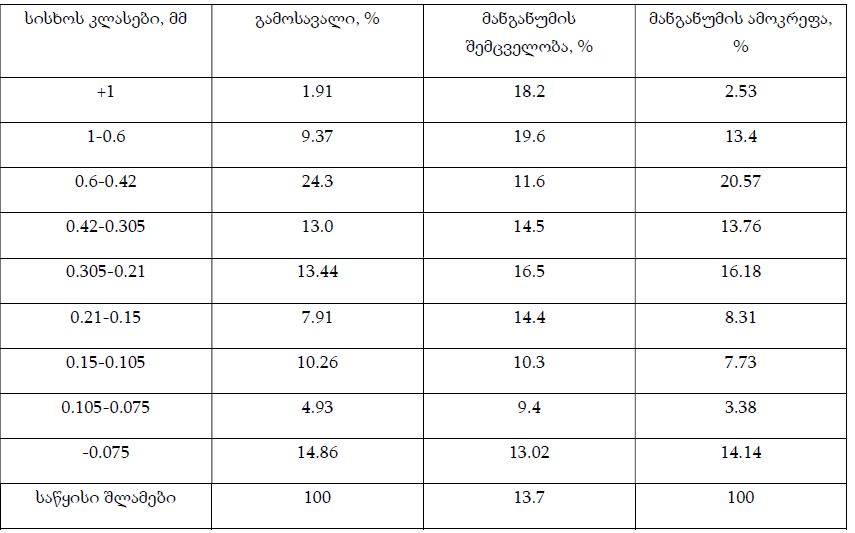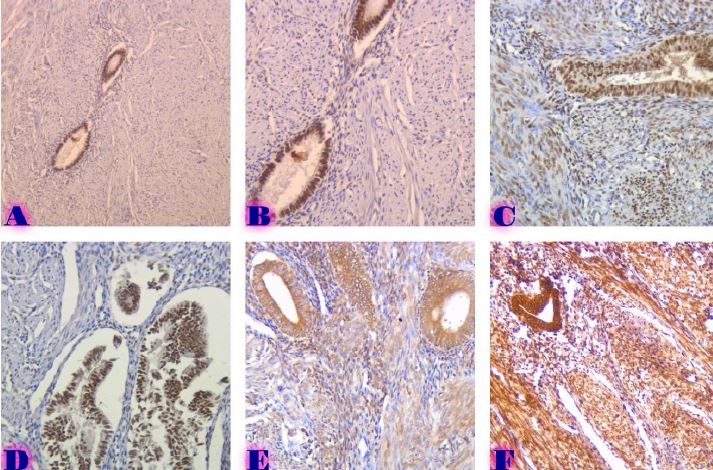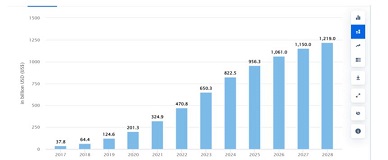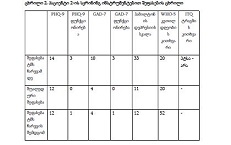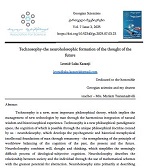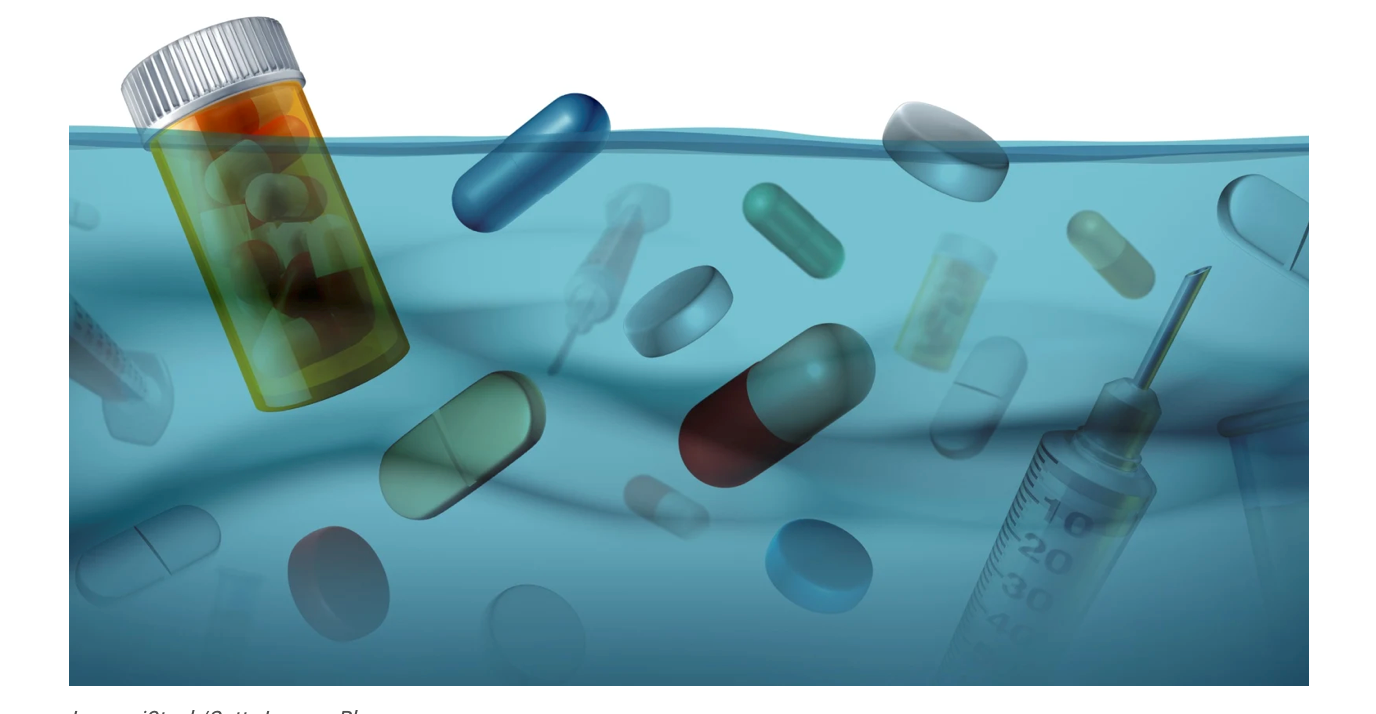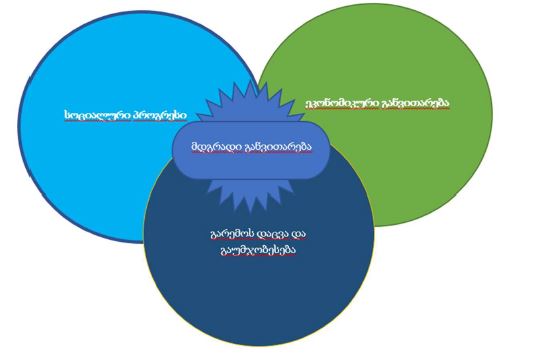Discussion of the relationship between physical development indicators and life anamnesis of primary school age children in dynamics
Downloads
The change of physical development indicators within the norm is one of those that shows the dynamic development of the human body. For observation were taken the body length, mass, head and chest circumference. The aim of this article is to analyze the changes in physical development indicators, in connection with life anamnesis, which occurred in practically healthy elementary school students, from the spring of 2018 to the present moment. We continued observation in three schools of Kutaisi, already among the fifth grade students, the same children. The average indicator of physical development analyzed for this time showed us:
- Among 10- and 11-year-old children, above-average indicators of physical development were observed in 73.9% of cases, in representatives of both genders together. However, almost half of them had data close to the average values.
High rates were again mostly observed in children of parents with high physical development indicators, as well as in students who were born after a sufficient interval between births (under 4 years) and where there was no medical abortion in this interval. Where they did not have a history of any serious damage to the locomotor system.
- During 4 years, all average indicators of physical development taken for analysis experienced a corresponding increase among students. This is important from the restrictions of the last 2 years and the covid infection carried by some of them.
- And again, the average indicators were mainly occurred among the children whose mothers had certain correctable extragenital pathologies during pregnancy, heavy obstetric and gynecological anamnesis, a short period between births (up to 2 years). Despite the high physical development indicators of the parents. Of course, for more complete and reliable data, it is necessary to have a larger number of examined children, to include other research methods, to continue observing the dynamics for at least 10 years. This will be the subject of my future work, as a result of which we can provide more comprehensive information.
Downloads
Metrics
ზარანდია მ.ი. ბავშვის განვითარების კანონზომიერებანი თბ.მეცნიერება 1985წ.-211გვ.
კაციტაძე გ.ზ. აფხაზეთიდან დროებით ადგილნაცვალ ოჯახებში დაბადებულ ახალშობილთა და ადრეული ასაკის ბავშვთა ფიზიკური განვითარების მაჩვენებელი საკანდიდატო დისერტაციის ავტორეფერატი თბილისი 2001 წ.- 27 გვ.
შუკაკიძე ა.ქ. რუსთავის სკოლამდელი ასაკის ბავშვთა ფიზიკური განვითარების მაჩვენებლები საკანდიდატო დისერტაციის ავტორეფერატი. თბილისი 1992წ.- 23 გვ.
Alfredo R. Tinajero and Anaïs Loizillon -The Review of Care, Education and Child Development Indicators in Early Childhood -Desk review prepared for UNESCO on existing indices and indicators-2012
Butenko H. ,Goncharova N.,Salenko V., Tolchieva H.,-Physical condition of primary school children in school year dynamics-Journal of Physical Education and Sport 2017(2):543 - 549
Баранов А. А. Состояние здоровья современных детей и подростков и роль медико-социальных факторов в его формировании Вестн. РАМН. – 2009. – №5. – С. 6–11.
Беляков В.А. Физическое развитие детей школьного возраста, проживающих в Кирове, за 10-летний период Вісник ЛНУ імені Тараса Шевченка. – 2012. – №8 (243). – С. 11.
Виноградов П.А., Жолдак В.И. и др. Основы физической культуры.Челябинск, 1997. – 80 с.
Власова И.Н. Методы комплексной оценки состояния здоровья детей раннего возраста: метод. реком. – Нижний Новгород, 1998. – 37 с.
Дегтярев И.П. Физическое развитие. Киев 2005 – ст.23-48
Еренков В.А. Клиническое исследование ребенка / В.А. Еренков.– К.: Здоровье,1984.–336 с.
Лаптев А. Управление физическим развитием. – Москва. 2003 - 180ст
Хорошева Т.А., Бурханов А.И. Морфофункцио¬нальные особенности развития организма учащихся начальных классов // Гигиена и санитария. – 2006. – № 4. – С. 58–60.
. Щуров В.А., Могеладзе Н.О., Горбачёва Л.Ю. Децелерация роста тела детей как форма адаптации к изменившимся социально-экономическим условиям жизни Фундаментальные исследования

This work is licensed under a Creative Commons Attribution-NonCommercial-NoDerivatives 4.0 International License.








